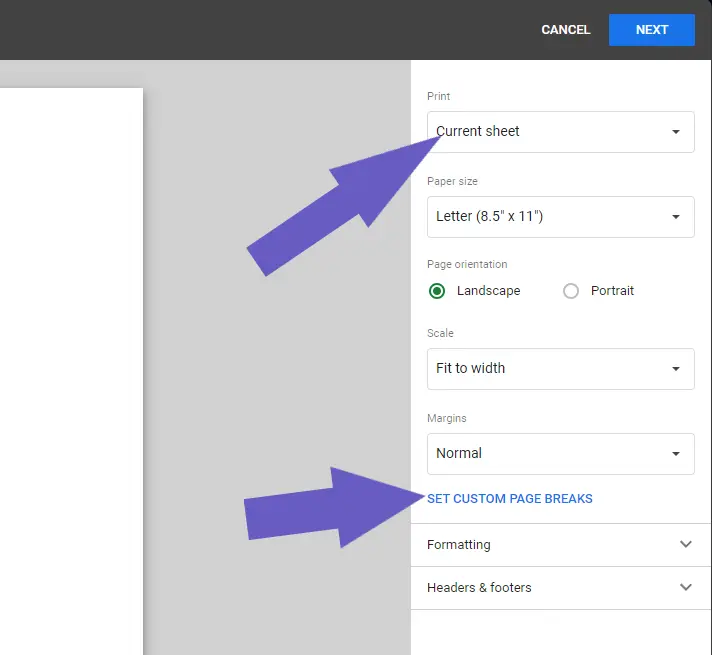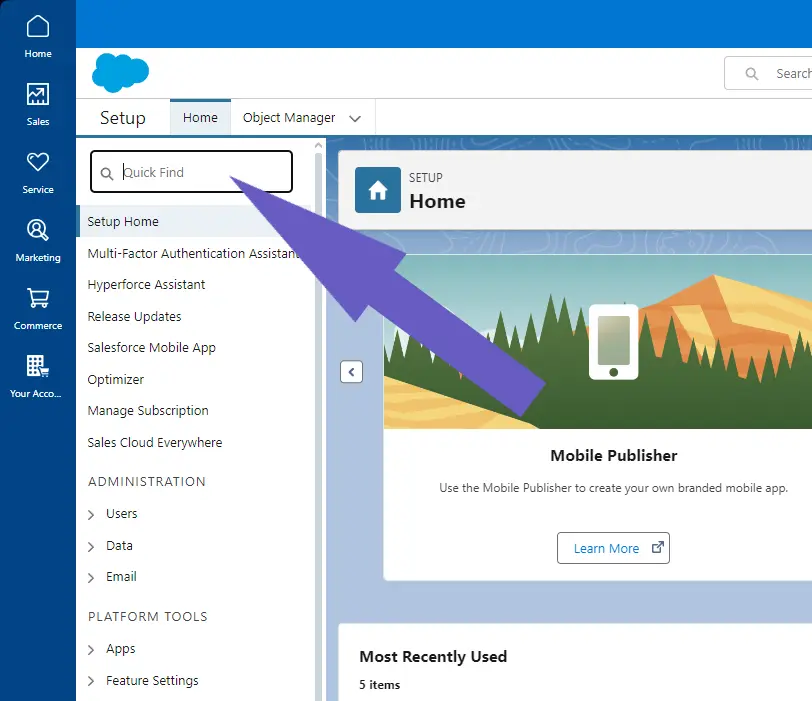





Copy events in Google Calendar quickly and easily.
By the way, we're Bardeen, we build a free AI Agent for doing repetitive tasks.
If you manage multiple calendars, try Bardeen's Google Calendar automation. It saves you time by copying events automatically.
Effectively managing events across multiple Google Calendars can be a game-changer for staying organized and productive in 2024. Imagine seamlessly copying events from one calendar to another without the hassle of manual input or the risk of missing important appointments. In this comprehensive guide, we'll walk you through the step-by-step process of automatically copying events between Google Calendars, covering both the classic manual approach and the cutting-edge automated solutions powered by tools like Bardeen.
Are you ready to streamline your calendar management and take control of your schedule? Whether you're a busy professional juggling multiple projects or a family coordinator keeping everyone on the same page, this guide will equip you with the knowledge and tools to master the art of calendar syncing. Say goodbye to the frustration of double-booking and hello to a more efficient, stress-free way of managing your time. Let's dive in and discover how to make your Google Calendars work smarter, not harder!
Effectively managing events across multiple Google Calendars is crucial for staying organized and on top of your commitments, both personally and professionally. By mastering the art of event management, you can streamline your schedule, avoid conflicts, and ensure that nothing falls through the cracks.
Picture this: You're a busy professional juggling multiple projects, meetings, and deadlines. Without proper calendar management, it's easy to double-book yourself, miss important events, or spend countless hours trying to coordinate schedules with colleagues and clients. By leveraging the power of Google Calendar, you can:
Imagine the peace of mind that comes with knowing exactly where you need to be and when, without the stress of overbooking or forgetting commitments.
One of the most powerful features of Google Calendar is the ability to sync events between multiple calendars. This is particularly useful when you need to coordinate with team members, family, or friends who maintain their own calendars. By syncing events, you can:
For example, let's say you're planning a team offsite. By syncing your calendar with your colleagues' calendars, you can easily find a date and time that works for everyone, without the back-and-forth of endless email chains.
Save time and avoid scheduling conflicts with Bardeen's playbook to copy all Google Calendar events within a time frame into Airtable.
In the following sections, we'll dive deeper into the nuts and bolts of Google Calendar event management, providing step-by-step guidance and pro tips to help you master this essential skill. Get ready to take control of your schedule and unlock new levels of productivity and collaboration.
Next up, we'll explore the basics of creating events in Google Calendar, setting the foundation for effective event management.
Creating events in Google Calendar is a straightforward process, whether you're using your computer or mobile device. By mastering the event creation process and understanding the various options available, you can ensure that your events are well-organized, properly scheduled, and include all the necessary details.
Creating an event in Google Calendar is simple, regardless of the device you're using. Here's a quick overview of the process:
On your computer:
On your mobile device:
By following these simple steps, you can quickly create events and keep your calendar up to date, no matter where you are.
When creating an event in Google Calendar, there are several options available to help you optimize your schedule and keep everyone informed. Some key features include:
For example, let's say you're scheduling a team meeting. You can create the event, invite all the necessary team members, set the visibility to "Private" so only invitees can see the details, and add a 10-minute reminder to ensure everyone arrives on time. By leveraging these options, you can create events that are well-organized and effectively communicated to all participants.
Creating events in Google Calendar is the foundation of effective event management. By understanding the process and available options, you can ensure that your events are properly scheduled, well-organized, and communicated to all relevant parties. Next, we'll explore how to take your event management to the next level by automating event duplication across multiple calendars.
Automating the process of copying events from one Google Calendar to another can save you time and ensure that all your calendars remain up-to-date. By leveraging native Google Calendar features, third-party tools, and automation platforms like Bardeen.ai, you can streamline your calendar management and focus on more important tasks.
Google Calendar offers some built-in features that allow you to duplicate events across calendars. For example, you can create a new calendar and import events from an existing one. This process involves exporting your calendar as an ICS file and then importing it into the new calendar.
Another option is to use the "Add to calendar" feature when creating an event. This allows you to select multiple calendars where the event will be added simultaneously. While these native features can be helpful, they may not be as efficient or customizable as using third-party tools or automation platforms.
Google Calendar settings offer some options for duplicating events without relying on third-party tools. For instance, you can create a secondary calendar and share it with your primary calendar. This way, any events added to the secondary calendar will automatically appear in your primary calendar.
Additionally, you can take advantage of the "Duplicate" feature when editing an existing event. This creates a copy of the event, which you can then modify and add to another calendar. Although these settings provide some level of automation, they may not be as comprehensive or time-saving as dedicated automation tools.
Bardeen.ai is a powerful automation platform that can help you efficiently duplicate events across Google Calendars. With Bardeen.ai, you can create custom automations that trigger based on specific events or conditions.
For example, you can set up an automation that automatically copies new events from one calendar to another as soon as they are created. This ensures that your calendars remain in sync without any manual intervention. Bardeen.ai also allows you to filter events based on criteria like date range, event type, or attendees, giving you more control over which events get duplicated.
By utilizing Bardeen.ai's intuitive interface and pre-built templates, you can quickly set up event duplication automations tailored to your specific needs. This not only saves you time but also reduces the risk of human error when manually copying events between calendars.
Save time automating event duplicates with Bardeen's Google Calendar playbook.
Automating event duplication across Google Calendars is a game-changer for anyone looking to streamline their schedule management. By exploring native features, leveraging calendar settings, and utilizing powerful tools like Bardeen.ai, you can ensure that your events are always up-to-date and in sync across all your calendars. Next, we'll delve into the world of managing shared calendars and permissions to take your calendar collaboration to the next level.
Sharing calendars is essential for effective collaboration, whether you're working with a team or planning family events. By creating shared calendars and managing permissions, you can ensure that everyone has access to the information they need while maintaining control over who can view and modify events.
To create a shared calendar, start by creating a new calendar in your Google Calendar account. Once you've created the calendar, you can share it with specific people by entering their email addresses and selecting the appropriate permission level.
When sharing a calendar, you can choose from three permission levels: "See only free/busy," "See all event details," and "Make changes to events." Be sure to select the permission level that best suits your needs and the needs of your collaborators.
In team environments, it's crucial to manage calendar permissions effectively to ensure that everyone has access to the information they need without compromising privacy or security. Consider creating separate calendars for different projects or departments, and assign permissions based on each team member's role and responsibilities.
For family planning, a shared calendar can be a lifesaver. By giving family members the appropriate permissions, you can ensure that everyone is aware of upcoming events, appointments, and obligations. This can help reduce scheduling conflicts and improve communication among family members.
Managing shared calendars and permissions is crucial for effective collaboration and organization. By creating shared calendars, setting appropriate permission levels, and optimizing permissions for different environments, you can streamline your scheduling and ensure that everyone is on the same page. In the next section, we'll explore common sync issues and provide troubleshooting tips to keep your calendars running smoothly. For more tips, check out AI email management.
When syncing events between calendars, you may encounter various problems, such as duplicate events or missing information. These issues can be frustrating, but there are several solutions to help you resolve them quickly. By maintaining your calendar settings and regularly checking for sync status and errors, you can minimize the occurrence of these problems.
If you notice duplicate events in your calendar, the first step is to check your sync settings. Ensure that you haven't accidentally enabled syncing from multiple sources, which can lead to duplicated events. If you find that events are missing, verify that the calendar is visible and that the events are being added to the correct calendar.
In some cases, clearing app data and restarting your device can resolve sync issues. However, be cautious when doing this, as it may cause you to lose unsynced data. Only attempt this solution if other troubleshooting methods have failed.
To minimize sync issues, it's crucial to maintain your calendar settings regularly. Check that your device is connected to the internet, and that the Calendar sync option is turned on in your device's settings. Additionally, make sure that your Calendar app is up to date and that you have sufficient storage space on your device.
Periodically check your calendar's sync status to identify any potential errors early on. If you notice any issues, try manually syncing your calendar to see if that resolves the problem. By staying proactive and addressing sync issues promptly, you can ensure that your calendars remain accurate and reliable.
Save time by using Bardeen's playbook to copy all Google Calendar events within a time frame to Airtable.
Automatically copying events from one Google Calendar to another is essential for staying organized and efficient. Learn how to scrape data from websites to enhance your workflow.
In this guide, you discovered:
Now that you've mastered the art of calendar syncing, you'll never miss an event again - unless you're hiding from your in-laws!










SOC 2 Type II, GDPR and CASA Tier 2 and 3 certified — so you can automate with confidence at any scale.
Bardeen is an automation and workflow platform designed to help GTM teams eliminate manual tasks and streamline processes. It connects and integrates with your favorite tools, enabling you to automate repetitive workflows, manage data across systems, and enhance collaboration.
Bardeen acts as a bridge to enhance and automate workflows. It can reduce your reliance on tools focused on data entry and CRM updating, lead generation and outreach, reporting and analytics, and communication and follow-ups.
Bardeen is ideal for GTM teams across various roles including Sales (SDRs, AEs), Customer Success (CSMs), Revenue Operations, Sales Engineering, and Sales Leadership.
Bardeen integrates broadly with CRMs, communication platforms, lead generation tools, project and task management tools, and customer success tools. These integrations connect workflows and ensure data flows smoothly across systems.
Bardeen supports a wide variety of use cases across different teams, such as:
Sales: Automating lead discovery, enrichment and outreach sequences. Tracking account activity and nurturing target accounts.
Customer Success: Preparing for customer meetings, analyzing engagement metrics, and managing renewals.
Revenue Operations: Monitoring lead status, ensuring data accuracy, and generating detailed activity summaries.
Sales Leadership: Creating competitive analysis reports, monitoring pipeline health, and generating daily/weekly team performance summaries.